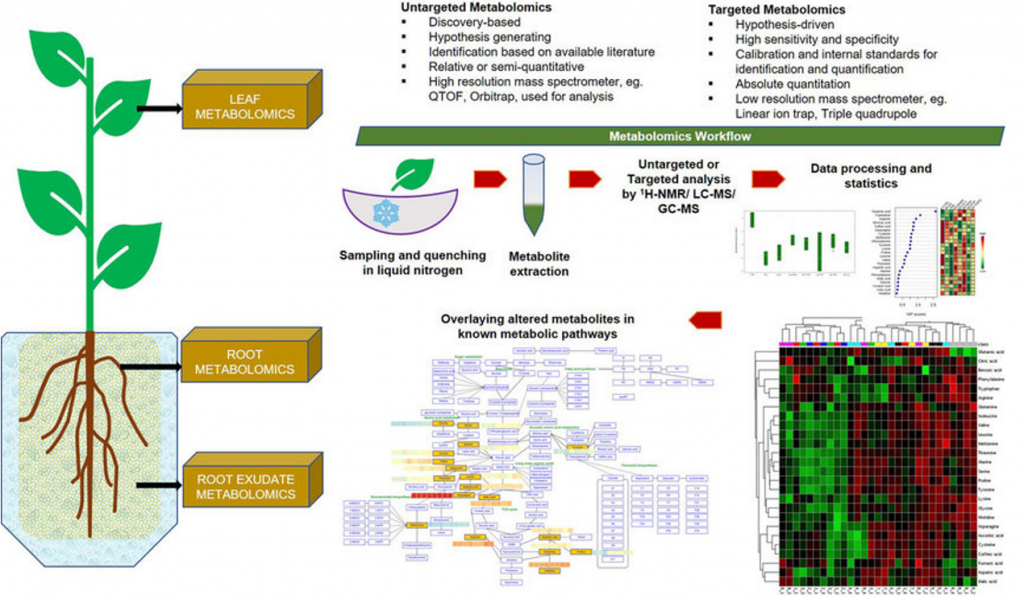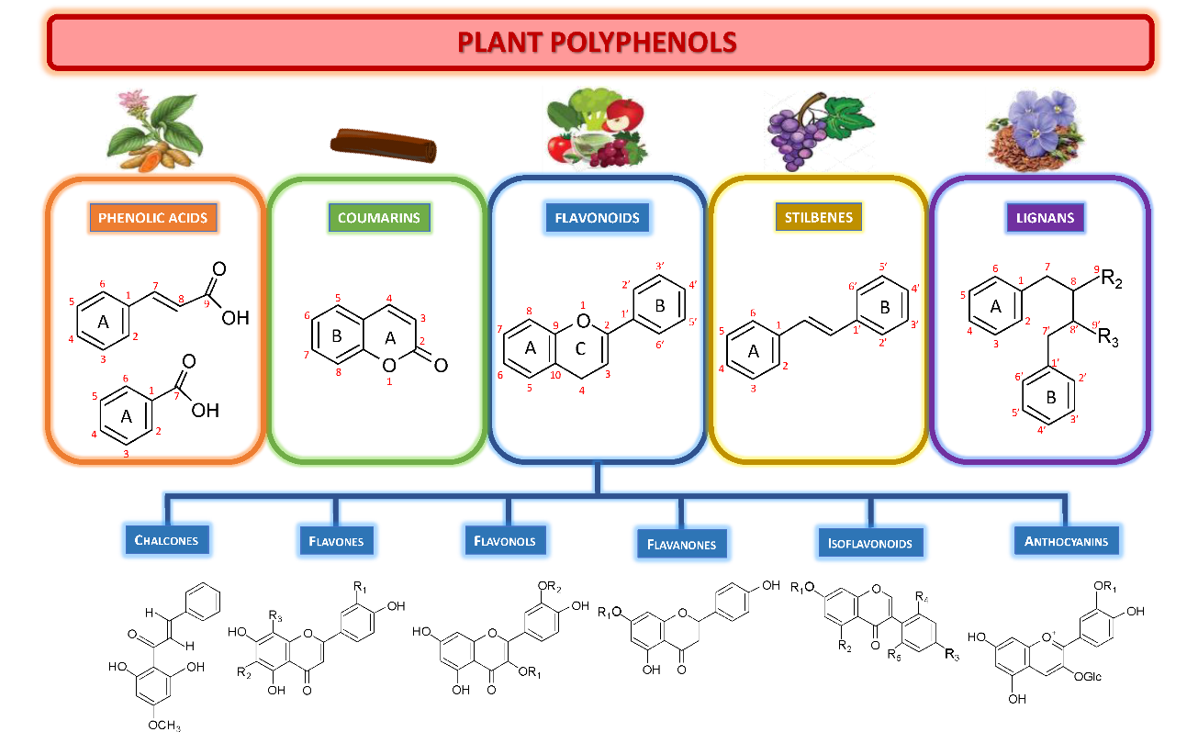Types of plant polyphenols
Plant polyphenols are a class of compounds with multiple phenolic hydroxyl structures present in plants, which are secondary metabolites of plants and are widely distributed in leaves, bark, roots and fruits of plants.
The chemical structure of plant polyphenols is based on phenol as the basic skeleton, characterized by the substitution of multiple hydroxyl groups in the benzene ring, and is usually divided into hydrolyzed polyphenols (polygallate polyphenols), condensed polyphenols (polyflavonol polyphenols) and complex polyphenols (containing both hydrolyzed and condensed components).
Hydrolyzed polyphenols are esters formed by linking multiple gallic acids or phenolic carboxylic acids with gallic acid biogenesis to polyols through intramolecular ester bonds and have C6-C1 structural characteristics. Condensed polyphenols are polymers formed by linking multiple flavanol monomers with C-C bonds, and have the structural characteristics of C6-C3-C6.
Application of plant polyphenols
Plant polyphenols are widely used in food packaging, storage and preservation due to their special chemical structure, which exhibit a variety of biological activities. Plant polyphenols can be used as antioxidant and antimicrobial ingredients for food storage and preservation by spraying, coating or direct addition. Plant polyphenols are also often used as active ingredients in film-forming matrices to form slow-release packaging films for food storage and preservation. In addition, plant polyphenols can also be used as quality improvers in food packaging materials and cling films. They can significantly improve the functionality of packaging materials while giving them better performance. The resource utilization of plant polyphenols in food packaging, storage and preservation has become a hot research topic in related fields.
Qualitative and quantitative analysis of plant polyphenols
Compared with sugars, esters, proteins, etc., plant polyphenols are a very complex class of compounds in terms of composition and structure. The type, number and position of functional groups vary from one component to another, and the molecular weights are also very different. These variables make it difficult to simply use one method to quantify the content of plant polyphenols in different samples, and different determination methods and determination conditions must be selected according to the actual situation to meet the qualitative and quantitative analysis of plant polyphenols in different samples under different circumstances.

Metabolomic analysis in plants (Majumdar et al., 2021)
- Thin layer chromatography
Separation and identification of substances using differences in the adsorption and desorption capacities of different components of the sample in the stationary and mobile phases.
Preparation of thin layer plates → spotting of samples → solvent unfolding → color development by chromogenic agents → positioning → analysis and identification. The method can be used for the qualitative analysis of plant polyphenols.
- Near-infrared spectroscopy
The spectral changes produced by the jumping of active hydrogen-containing groups (-OH, -COOH) in the electromagnetic wave region at wavelengths from 780 to 2526 nm in the structure of plant polyphenols are used to determine the content of plant polyphenols in the samples by a combination of computer analysis and chemometrics.
- Liquid chromatography-quadrupole-time of flight-mass spectrometry(LC-Q-TOF-MS)
This method uses ions with the same kinetic energy but different mass-to-charge ratios moving in a constant electric field and taking different times to pass a constant distance to resolve the composition or structure of a substance. With high accuracy and sensitivity, it can perform qualitative and quantitative analysis of plant polyphenols.
Refenrences
1. Hano, C., & Tungmunnithum, D. (2020). Plant polyphenols, more than just simple natural antioxidants: Oxidative stress, aging and age-related diseases. Medicines, 7(5), 26.
2. Majumdar, S., & Keller, A. A. (2021). Omics to address the opportunities and challenges of nanotechnology in agriculture. Critical Reviews in Environmental Science and Technology, 51(22), 2595-2636.
